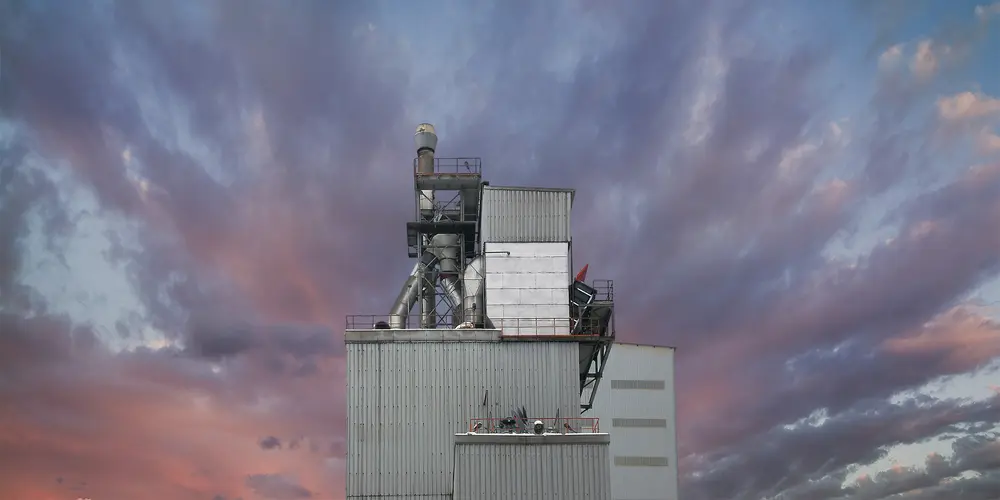Introduction
Pulverized coal storage is a critical aspect of various industrial processes that utilize coal as a primary fuel. The method by which pulverized coal is stored can significantly impact the efficiency, safety, and environmental footprint of these operations. This article explores the key elements of pulverized coal storage, including methods, safety considerations, and the latest advancements in storage technology.
Storage Methods
- Silos:
- Silos are vertical structures used for storing large quantities of pulverized coal. They are designed to protect the coal from moisture and minimize the risk of spontaneous combustion. Silos are typically constructed from steel or reinforced concrete.
Safety Considerations
- Spontaneous Combustion:
- Pulverized coal is highly susceptible to spontaneous combustion due to its high surface area and reactivity. Proper ventilation, temperature monitoring, and moisture control are critical to prevent self-ignition.
- Explosion Risks:
- Coal dust is explosive. Implementing explosion-proof equipment, maintaining proper housekeeping to prevent dust accumulation, and using inert gases for emergency inerting during adverse conditions in a silo mitigate this risk.
Environmental and Health Considerations
- Dust Control:
- Effective dust control measures, including the use of bag filters and enclosed conveyors, help minimize the release of coal dust into the environment. This is crucial for protecting both worker health and the surrounding ecosystem.
Technological Advancements
- Automated Monitoring Systems:
- Modern storage facilities are equipped with automated systems that continuously monitor temperature, humidity, and gas concentrations. These systems can trigger alarms and initiate safety protocols in response to any anomalies, enhancing overall safety and efficiency.
- Robust Ventilation Systems:
- Improved ventilation systems ensure the proper flow of air within storage facilities, preventing the buildup of gases and reducing the risk of combustion and explosion.
Conclusion
Effective pulverized coal storage is vital for the safe and efficient operation of coal-fired industrial processes utilizing coal. By understanding the storage methods, safety considerations, and technological advancements, industries can mitigate risks, improve efficiency, and minimize environmental impact. Continuous innovation and adherence to best practices in pulverized coal storage will ensure that this crucial energy resource is managed responsibly and sustainably.
